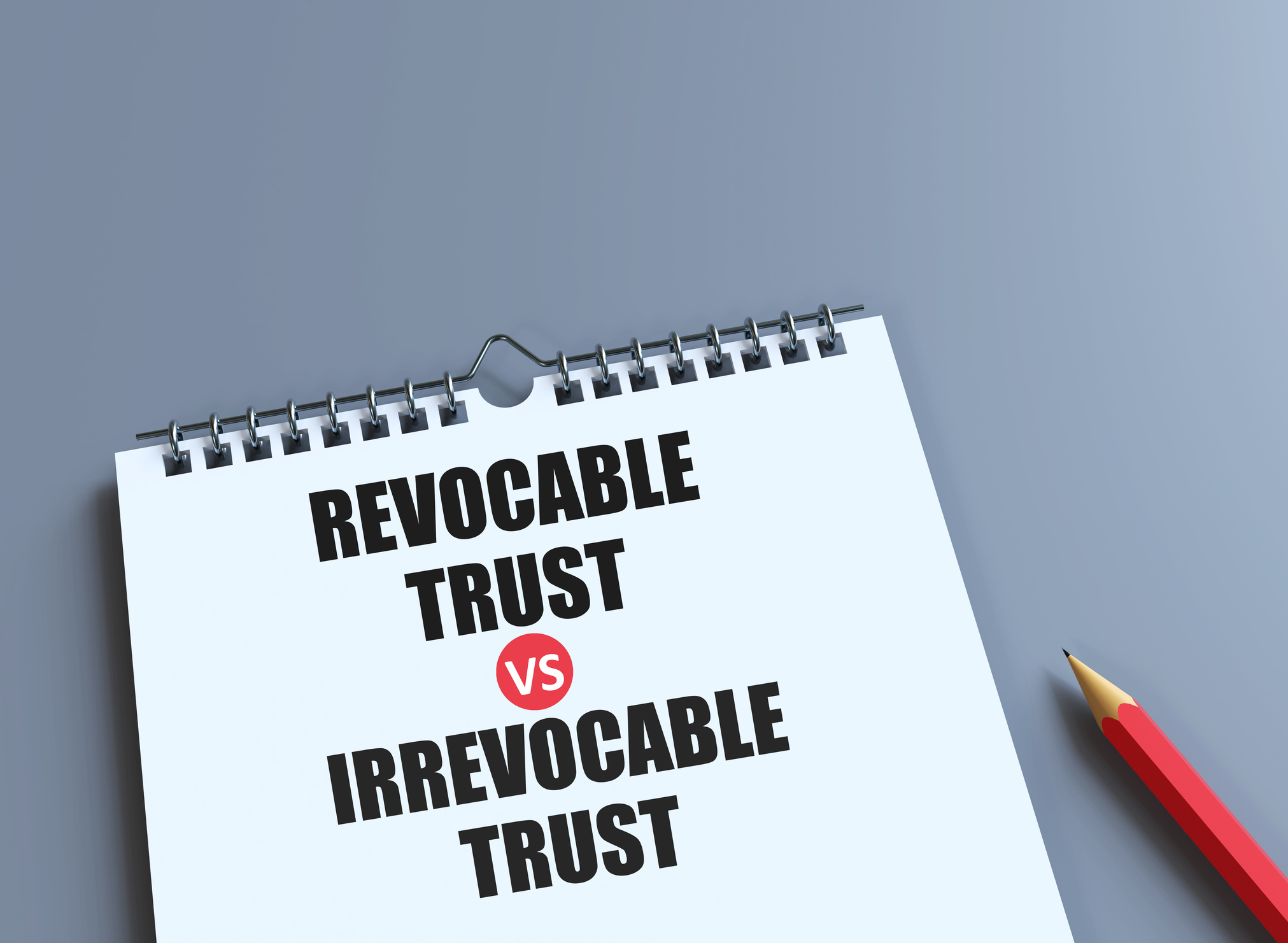
The One Big Beautiful Bill (OBBB) gives most people 65 and older a new deduction on their federal income taxes starting in 2025.
But to get the full or partial amount, you can't exceed the income limits. For some older adults, it can thus make sense to reduce their taxable income to get under the limit.
Through 2028, eligible taxpayers 65 and older can get an additional $6,000 deduction (or $12,000 for a married couple if both spouses are 65). This is in addition to the standard deduction for all taxpayers and the extra deduction for older adults.
From just $107.88 $24.99 for Kiplinger Personal Finance
Become a smarter, better informed investor. Subscribe from just $107.88 $24.99, plus get up to 4 Special Issues

Sign up for Kiplinger’s Free Newsletters
Profit and prosper with the best of expert advice on investing, taxes, retirement, personal finance and more - straight to your e-mail.
Profit and prosper with the best of expert advice - straight to your e-mail.
Kiplinger's Adviser Intel, formerly known as Building Wealth, is a curated network of trusted financial professionals who share expert insights on wealth building and preservation. Contributors, including fiduciary financial planners, wealth managers, CEOs and attorneys, provide actionable advice about retirement planning, estate planning, tax strategies and more. Experts are invited to contribute and do not pay to be included, so you can trust their advice is honest and valuable.
The full deduction applies to individuals with a modified adjusted gross income (MAGI) up to $75,000 and joint filers with MAGI up to $150,000. The deduction is reduced by 6 cents for every dollar above the threshold.
For couples filing jointly, the deduction is fully phased out at $250,000. For single taxpayers, the deduction fully phases out with MAGI above $175,000.
For older people with lower or moderate incomes, the new deduction will help in two ways. First, it's an additional deduction that will benefit the majority of older adults who do not itemize their deductions.
Second, for those whose income is low enough, it will help reduce the tax on their Social Security benefits, in some cases to zero.
How Social Security benefits are taxed and why it matters
The percentage of your Social Security benefits that are taxed is determined by your "combined income." To calculate it, add up your adjusted gross income (AGI), tax-free interest from municipal bonds if any, and 50% of your Social Security benefits.
Married couples with less than $32,000 of combined income pay no income tax on their benefits. Couples earning between $32,000 and $44,000 have up to 50% of their Social Security benefits subject to federal income tax.
Those making more than $44,000 pay income tax on up to 85% of their benefits. For singles, the thresholds are $25,000 and $34,000.
The new deduction can lower your taxable income and thus your combined income. It's estimated that 90% of older adults will now pay no federal income tax on their Social Security benefits. Some other older adults will still pay the tax but at a lower rate.
Reduce taxable income with a nonqualified deferred annuity
If you're on the threshold of being able to benefit from the new deduction for older people, consider ways to reduce your taxable income to become eligible.
There are many ways to do that, but buying one or more deferred annuities is a straightforward, dependable method that has other benefits. As we'll see, this strategy can be used for both "nonqualified" money and IRAs.
A nonqualified deferred annuity is one that's held in a nonqualified account instead of a qualified account, such as an IRA, Roth IRA or 401(k). Nonqualified variable, fixed, fixed index and deferred income annuities can all help reduce current income and taxes.
Looking for expert tips to grow and preserve your wealth? Sign up for Adviser Intel (formerly known as Building Wealth), our free, twice-weekly newsletter.
As long as you don't withdraw any interest or gains from an annuity, you won't be taxed on it. You can defer taking out interest as long as you like.
Here's an example. Let's say you have $150,000 in funds to invest, and you want to put them in a guaranteed account. You could buy a bank certificate of deposit (CD). As of early August, the top rate for a five-year CD was 5.5%, meaning it would produce $8,250 of taxable income each year.
If you don't need that income for living expenses, you could place the $150,000 in a five-year multi-year guaranteed annuity (MYGA) instead. That would reduce your taxable income by $8,250 in 2026 compared to the CD.
Additionally, such a product, which acts much like a tax-deferred CD, produces more interest income because you could get up to 5.85% on your money and earn $8,775, tax-deferred.
Let's say this is a couple whose "combined income" would be $158,250 if they bought the CD. Since they're over the income limit, they'd get a partial reduction of the new credit for older people.
In contrast, the annuity would bring their income down to $150,000, and they'd get the full $12,000 deduction as well as reducing other federal and state income taxes.
In this way, a couple or an individual with a more modest income might be able to use an annuity to cut their income so they'd be eligible for the full deduction for older people, which would reduce their combined income so that they'd potentially pay no tax on their Social Security benefits.
An annuity that defers RMDs and cuts taxes
Everyone must start taking taxable required minimum distributions (RMDs) from their IRA, 401(k) plan or other qualified retirement plan when they reach age 73.
The only feasible way to defer some RMDs is to transfer a portion of your retirement-plan assets to a qualified longevity annuity contract (QLAC). The money in one is excluded from plan assets on which RMDs are calculated.
A QLAC is a special lifetime deferred income annuity that meets IRS requirements. It lets you keep more of your retirement plan intact and tax-deferred longer.
You can place up to $210,000 in one or more of them. You must start taking taxable income payments from a QLAC at 85, but you may begin sooner.
To purchase a QLAC, you transfer funds from your IRA or 401(k) or other eligible retirement plan to a life insurer. This single premium funds the QLAC. Since the transfer is from one plan custodian to another, it's tax-free.
Suppose you place $150,000 in a QLAC at age 73 and defer payments until age 80. That $150,000 is now removed from your annual RMD calculation. By reducing your current RMD income, you might be able to get all or a greater portion of the temporary credit for older people.
If you need your entire RMDs to cover expenses, you won't be able to use this plan. But you can buy a QLAC with as little as $10,000.
The other big advantage of the QLAC is that it's a lifetime annuity that guarantees a level income as long as you live. You can choose an individual or a joint lifetime payout, with the latter paying out income until the second spouse dies. The joint payee must be a spouse.
The additional deduction for older people is scheduled to end after the 2028 tax year, so it can be a good move for certain people to defer some income for the current tax year and the next three.
Ken Nuss is the founder and CEO of AnnuityAdvantage, a leading online provider of fixed-rate, fixed-indexed, and lifetime income annuities. Ken is a nationally recognized annuity expert and widely published author. A free rate comparison service with interest rates from dozens of insurers is available at www.annuityadvantage.com or by calling (800) 239-0356. The firm also offers an income-rider quoting service. There are no fees or charges for the firm's services; 100% of the client's money goes to work for them in their annuity.
Related Content
- A Bunch of IRS Tax Deductions and Credits You Need to Know
- 2025 Tax Brackets and Federal Income Tax Rates
- Annuity Definition and 17 Terms You Need to Know
- How Much Income Will an Indexed Annuity Get You? An Annuities Expert Lays Out the Numbers
- Why Annuities Sometimes Sound Too Good to Be True
Profit and prosper with the best of Kiplinger's advice on investing, taxes, retirement, personal finance and much more. Delivered daily. Enter your email in the box and click Sign Me Up.

Retirement-income expert Ken Nuss is the founder and CEO of AnnuityAdvantage, a leading online provider of fixed-rate, fixed-indexed and immediate-income annuities. Interest rates from dozens of insurers are constantly updated on its website. He launched the AnnuityAdvantage website in 1999 to help people looking for their best options in principal-protected annuities. More information is available from the Medford, Ore., based company at www.annuityadvantage.com or (800) 239-0356.
-
 How We Manage Our Finances Together: 'When You Keep Score, You Can End Up Resentful'
How We Manage Our Finances Together: 'When You Keep Score, You Can End Up Resentful'Douglas Boneparth, a certified financial planner, and his wife, Heather Boneparth, speak with Kiplinger about couples managing finances.
-
 I'm 45 and I've barely invested in the stock market. I recently inherited $50,000. What should I do?
I'm 45 and I've barely invested in the stock market. I recently inherited $50,000. What should I do?What should you do with a big inheritance? We asked a financial expert for advice.
-
 A Contrarian Approach Pays Off for This Bond Fund
A Contrarian Approach Pays Off for This Bond FundThe Dodge & Cox Income Fund has outperformed in 2025 thanks to its managers' fearless approach.
-
 7 Outrageous Ways Retirees Can Invest Their Money in 2026
7 Outrageous Ways Retirees Can Invest Their Money in 2026Stocks and bonds aren't the only ways to invest your retirement "fun money."
-
 7 Creative Ways to Spend Less and Save More In Retirement, Courtesy of a Financial Pro
7 Creative Ways to Spend Less and Save More In Retirement, Courtesy of a Financial ProWorried you won't have enough money later in life? Try redesigning your vision of retirement, and you may find your savings go further than you thought.
-
 I'm an Annuities Pro: This Is How You Can Cover the Income Gap While Your Social Security Benefits Grow
I'm an Annuities Pro: This Is How You Can Cover the Income Gap While Your Social Security Benefits GrowTaking Social Security later results in higher future income, but that can create an income gap. Annuities can boost income until you file for benefits.
-
 Control vs Protection Quiz: Which Trust Do You Need?
Control vs Protection Quiz: Which Trust Do You Need?Quiz Take this simple quiz to discover whether a revocable or irrevocable trust should be the cornerstone of your estate plan.
-
 I'm a Financial Pro: You Really Can Make New Year's Money Resolutions That Stick (and Just Smile as Quitter's Day Goes By)
I'm a Financial Pro: You Really Can Make New Year's Money Resolutions That Stick (and Just Smile as Quitter's Day Goes By)The secret to keeping your New Year's financial resolutions? Just make your savings and retirement contributions 100% automatic.
-
 Domestic vs Offshore Asset Protection Trusts: A Basic Guide From an Attorney
Domestic vs Offshore Asset Protection Trusts: A Basic Guide From an AttorneyLearn the difference between domestic asset protection trusts and foreign or offshore asset protection trusts to help you decide what might work best for you.
-
 Now That You've Built Your Estate Planning Playbook, It's Time to Put It to Work
Now That You've Built Your Estate Planning Playbook, It's Time to Put It to WorkYou need to share details with your family (including passwords and document locations) and stay focused on keeping your plan up to date.
-
 I'm a Wealth Adviser: These 10 Strategies Can Help Women Prepare for Their Impending Financial Power
I'm a Wealth Adviser: These 10 Strategies Can Help Women Prepare for Their Impending Financial PowerAs women gain wealth and influence, being proactive about financial planning is essential to address longevity and close gaps in confidence and caregiving.
